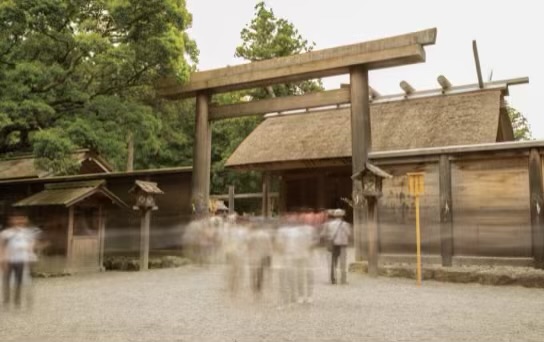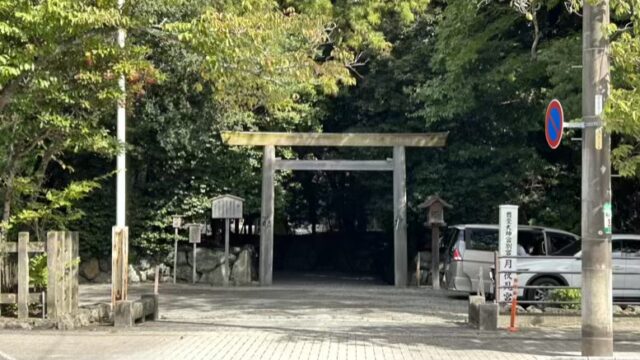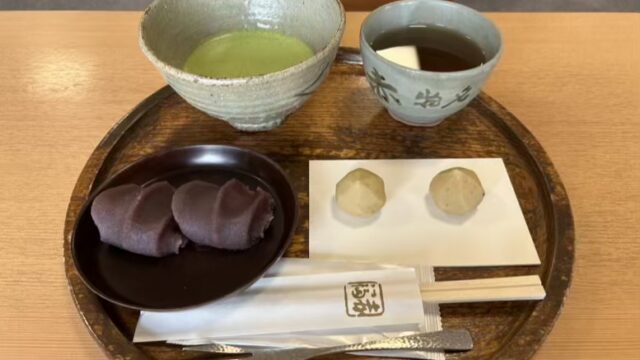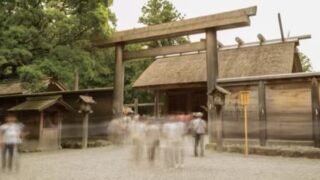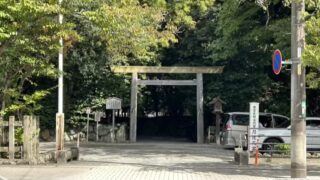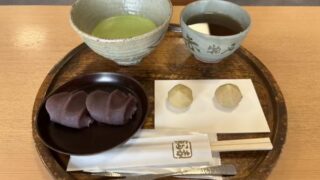Bonjour!
This time, I’d like to introduce Geku (Outer Shrine) of Ise Jingu as part of peaceful journey to Ise − a visit to experience its deep, sacred atmosphere away from the bustle of the city.
I’ve put together some key terms you may want to review, along with the meaning of the ancient tradition called “Geku-sensai” (visiting the Outer Shrine first).
I hope this guide will be helpful when you visit Ise Jingu next time.
The Official Name: Jingu
Did you know that the official name of Ise Jingu is simply “Jingu”?
Naiku (The Inner Shrine) is formally called Kotai Jingu, and Geku is Toyouke Daijingu.
Together, Naiku and Geku comprise 125 shrines, both large and small – all of which are collectively known as Jingu.
Why Visit Geku First? – The Meaning of “Geku Sensai”
Since ancient times, there has been a tradition called Geku Sensai, in which people visit Geku first and then proceed to Naiku.
This is considered the proper order of worship at Ise Jingu.
Toyouke Oomikami, the diety enshrined at Geku, was invited to Ise Jingu as the goddess who provides food for Amaterasu Omikami, the sun goddess enshrined at Naiku.
Because Toyouke Omikami is responsible for offering meals to Amaterasu Omikami, it is customary that the meal offering ceremony is performed at Geku before the ritual at Naiku.
Following this sacred order, worshippers also visit Geku first, then proceed to Naiku – a practice known as the tradition of “Geku Sensai.”
Basic Terms to Keep in Mind When Visiting Geku
Knowing a few key terms beforehand will transform what may seem like “just a forest” into a sacred realm filled with meaning.
Here are some important words to remember:
・Goshoden (Main Sanctuary)
The most important building at Geku, located at the very center of the shrine. It is where Toyouke Omikami is enshrined.
・Betsugu (Auxiliary Shrines)
Shrines of high rank, second only to the Main Sanctuary, where other important deities reside.
Geku has three Betsugu: Takanomiya, Tsuchinomiya, and Kazenomiya.
・Yuiitsu Shinmei-zukuri (Unique Shinmei Architectural Style)
The architectural style of the main sanctuaries at both Geku and Naiku. Built with unfinished hinoki cypress and featuring a kirizuma-zukuri gable roof) and hirairi (side entrance) design, it preserves one of Japan’s most ancient architectural traditions.
・Shiniki (Sacred Area) / Kyuikirin (Shrine Forest)
The sacred forests surrounding the shrine precincts. Geku is also embraced by lush woods, and walking along its paths gives visitors the feeling of truly stepping into a divine relm.
With this knowledge in mind, you’ll find a deeper sense of awe and appreciation when viewing the Yuiitsu Shinmei-zukuri structures or strolling through the sacred forests of Geku.
Visiting style : The Proper Manner to Show Respect at Geku
I recommend keeping the following points in mind when you visit.
①Bow at the entrance
It is customary to stop and bow lightly before passing through the torii gate.
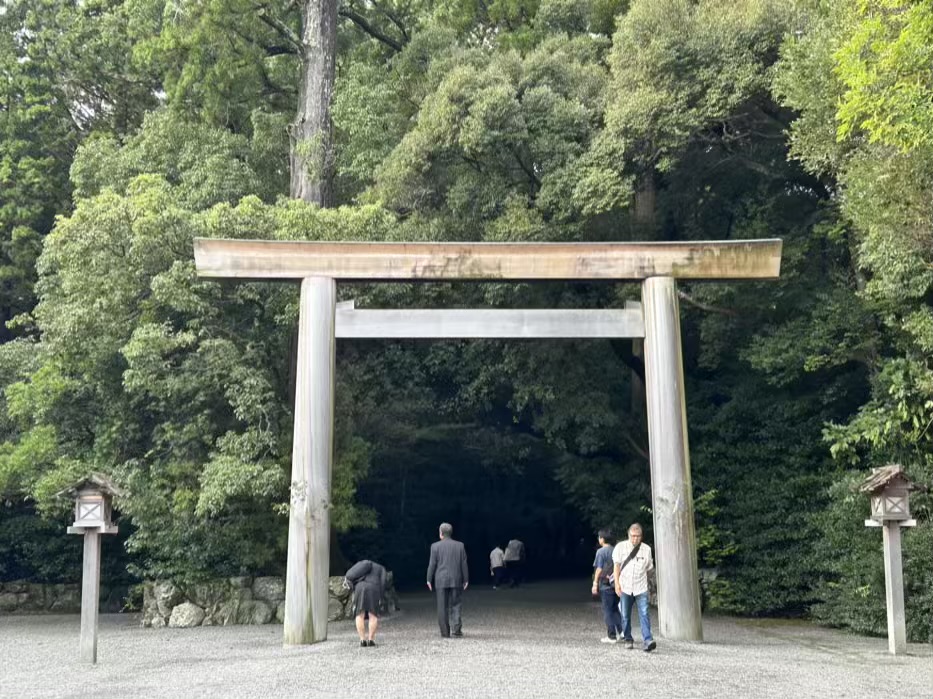
②Temizusha – Purification
Cleanse your hands mouth to purify your body and spirit before entering the sacred area.

③Visiting Main Sanctuary
First, pay your respects at Toyouke Daijingu, the central sanctuary of Geku, before visiting any auxiliary shrines.
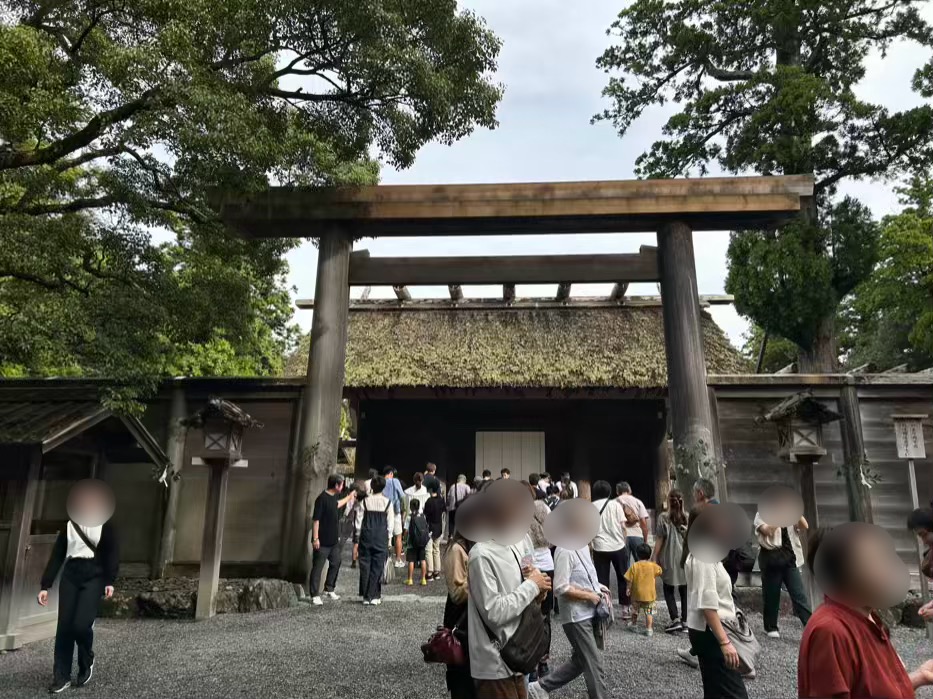
④Visiting the Auxiliary Shrines
If you have extra time, take a quiet walk to Takanomiya, Tsuchinomiya, and Kazenomiya.
You can feel a serene atmosphere at Takanomiya after climbing the stone steps.
When visiting the auxiliary shrines, it’s recommended to follow this route: Takanomiya -> Tsuchinomiya -> Kazenomiya.
・Takanomiya
Located just behind the Main Sanctuary, Takanomiya enshrines the Aramitama, the active and powerful aspect of Toyouke Omikami. Climb the stone steps, and you will feel a strong, vibrant energy in the air. It is said to be the best place to convey your personal wishes to the diety.
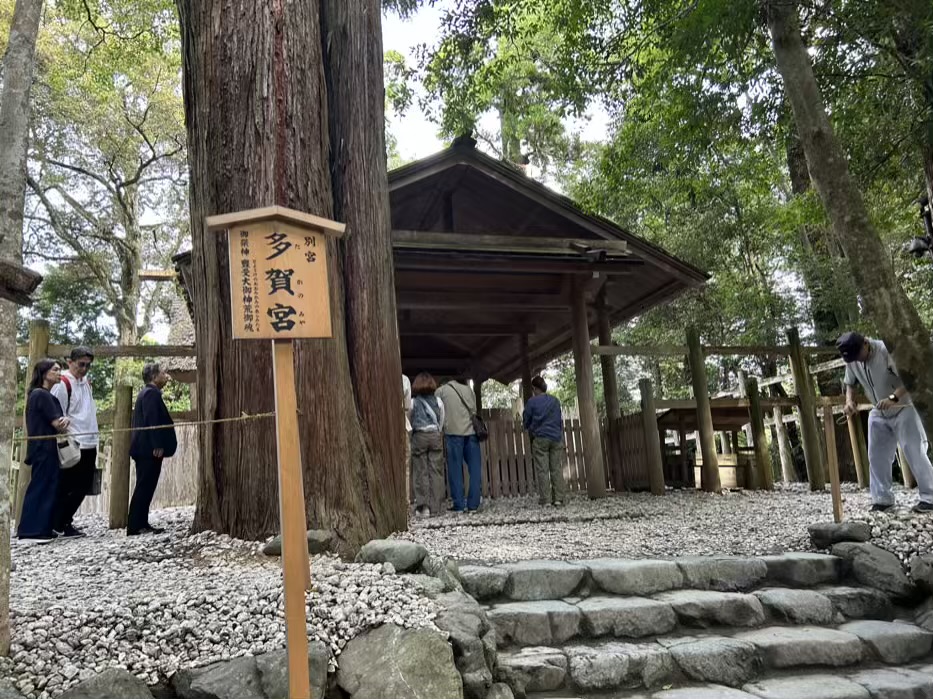
・Tsuchinomiya
This shrine is dedicated to the deity of the land. People involved in agriculture, architecture, or construction are believed to have a special connection with this deity.
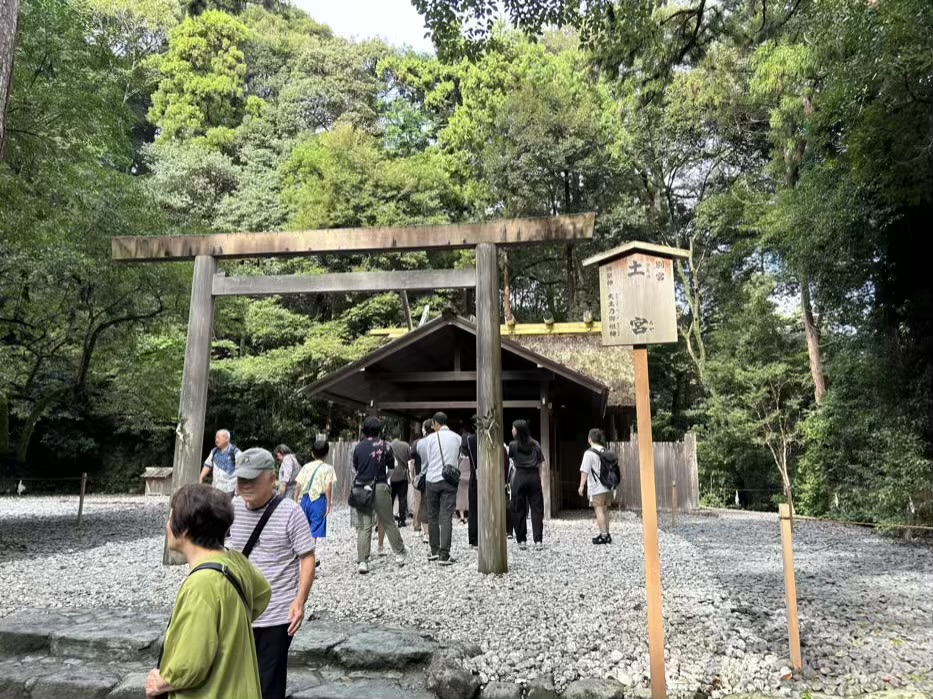
・Kazenomiya
Kazenomiya enshrines Shinatsuhiko-no-Mikoto and Shinatsuhime-no-Mikoto, the deities of wind. They are worshipped for blessings such as bountiful harvests and protection from natural disasters.
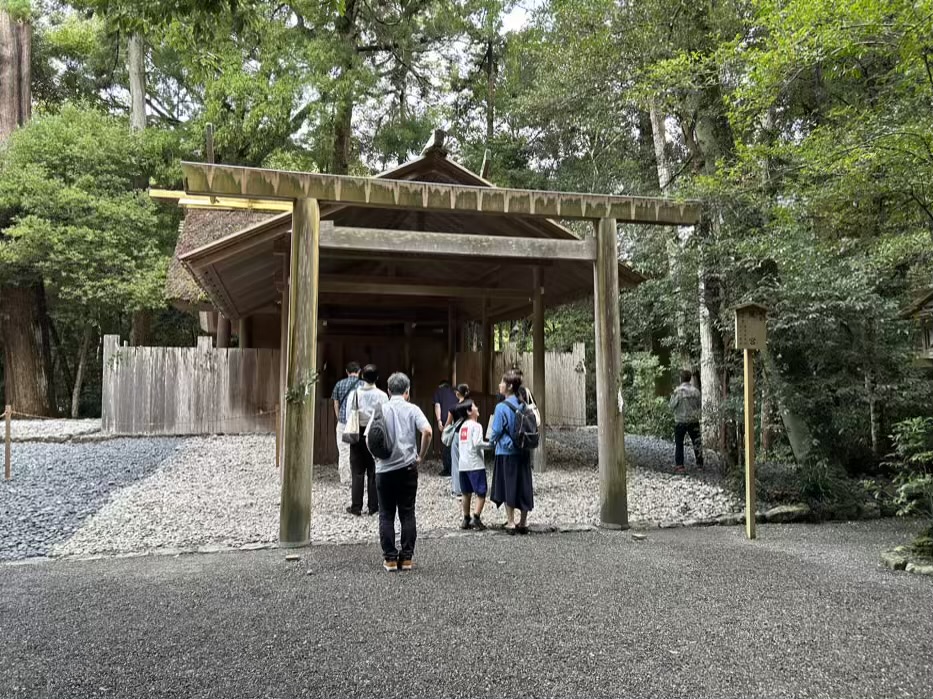
If you don’t have enough time of find it difficult to climb the 98 stone steps leading to the auxiliary shrines, you can worship from the Betsugū Yōhaijo, a special place for remote prayer before entering the path to the shrines.
(We will introduce another auxiliary shrine, Tsukiyomi-no-miya, on a later occasion.)
⑤The “Gratitude” Style of Worship
At Ise Jingu, it is considered more appropriate to offer quiet gratitude for the blessings you’ve already received, rather than making strong personal requests.
While we often think of “prayer as asking for something, the true spirit of worship here lies in expressing humble thanks for what you already have.
This attitude reflects a more mature, respectful way to visit the shrines.
Disrespectful Acts
・Holding your hands over the “Mitsu-ishi” stones
In recent years, more visitors have been seen placing their hands over or even offering coins to the Mitsu-ishi stones at Geku, despite the presence of sacred shimenawa ropes.
This is considered disrespectful behavior, so please refrain from doing so.
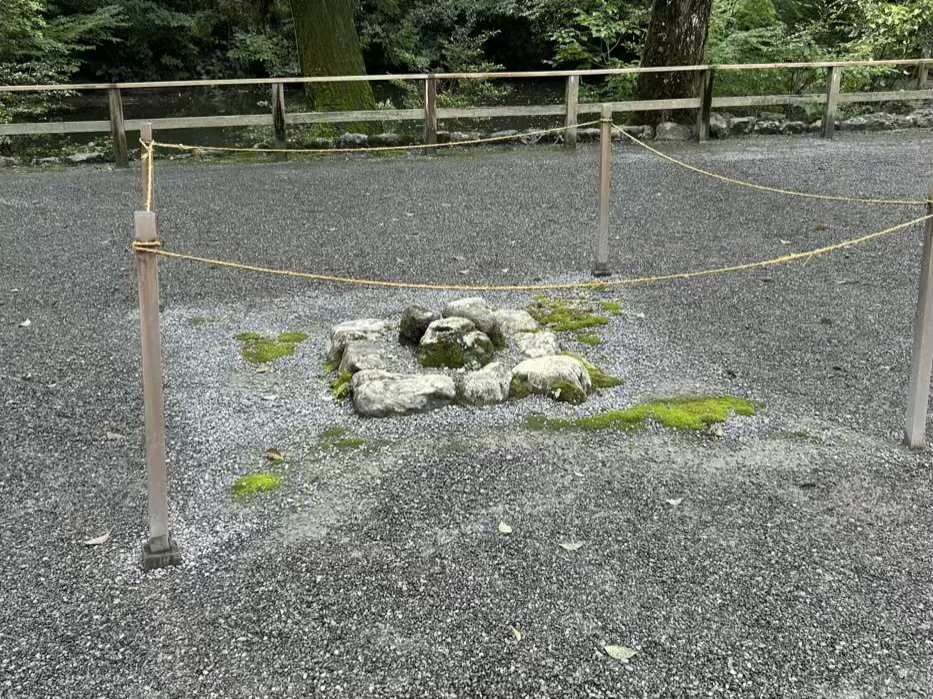
・Touching or hugging sacred trees
Some visitors are seen touching or hugging the large trees along the approach to the shrine.
However, the trees within the sacred precincts are regarded as divine and untouchable.
Please avoid touching them out of respect for the sanctity of the area.

The Charm of “Forest and Time” Unique to Geku
The true beauty of Geku lies not only in its sanctuaries, but also in the tranquil forest and the gentle flow of time that surrounds them.
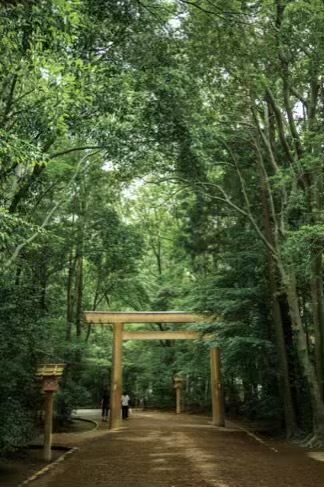
For instance, when you climb the stone steps to Takanomiya – pause for a moment, catch your breath, and feel the sunlight filtering through the trees. Such moments of stillness are the essence of Geku’s peaceful atmosphere.
The shrines are built in the Yuiitsu Shinmei-zukuri architectural style – simple, linear, and elegantly pure.
If you look closely at the woodwork, the thatched roof, and the precise structure,
you’ll catch a glimpse of Japan’s ancient origins preserved in every detail.
Knowing this style before your visit allows you to appreciate the subtle beauty of each pillar and roofline even more deeply.
Deep Insights for the Thoughtful Traveler
Here are a few cultural notes to help you experience Ise Jingu not just as a sightseeing spot, but as a living place of faith, tradition, and reverence.
❶ Shihei Kindan (Private Offerings Prohibited)
In the past, only the Imperial Family was allowed to make offerings.
As a remnant of this tradition, the Main Sanctuary has no offering box; instead, visitors place their coins on a white cloth in front of the altar.
❷ Shikinen Sengu (Periodic Reconstruction Ceremony)
Once every 20 years, all the shrines, sacred treasures, and vestments are newly rebuilt, and the deity is ceremonially transferred to the new sanctuary.
At Geku, this ceremony is held before that of Naiku.
The next reconstruction is scheduled for 2033.
❸ Pathway Etiquette
Did you know that visitors walk on the left side at Geku, but on the right side at Naiku?
This custom follows the location of the purification basins: on the left at Geku, and on the right at Naiku.
By being mindful of such manners, you can deepen your sense of reverence as a visitor in this sacred place.
Conclusion
Walking through Ise Jingu Geku is more than just visiting a shrine
– it is a journey through a thousand years of prayer and renewal.
- At Geku, let gratitude come before requests.
- Cherish silence more than knowledge.
- Value heart over form.
In the forest that embraces the sacred grounds,
when your own breath softly merges with the still air of the divine – you may feel the very origin of Ise pilgrimage itself.
これはCTAサンプルです。
内容を編集するか削除してください。

